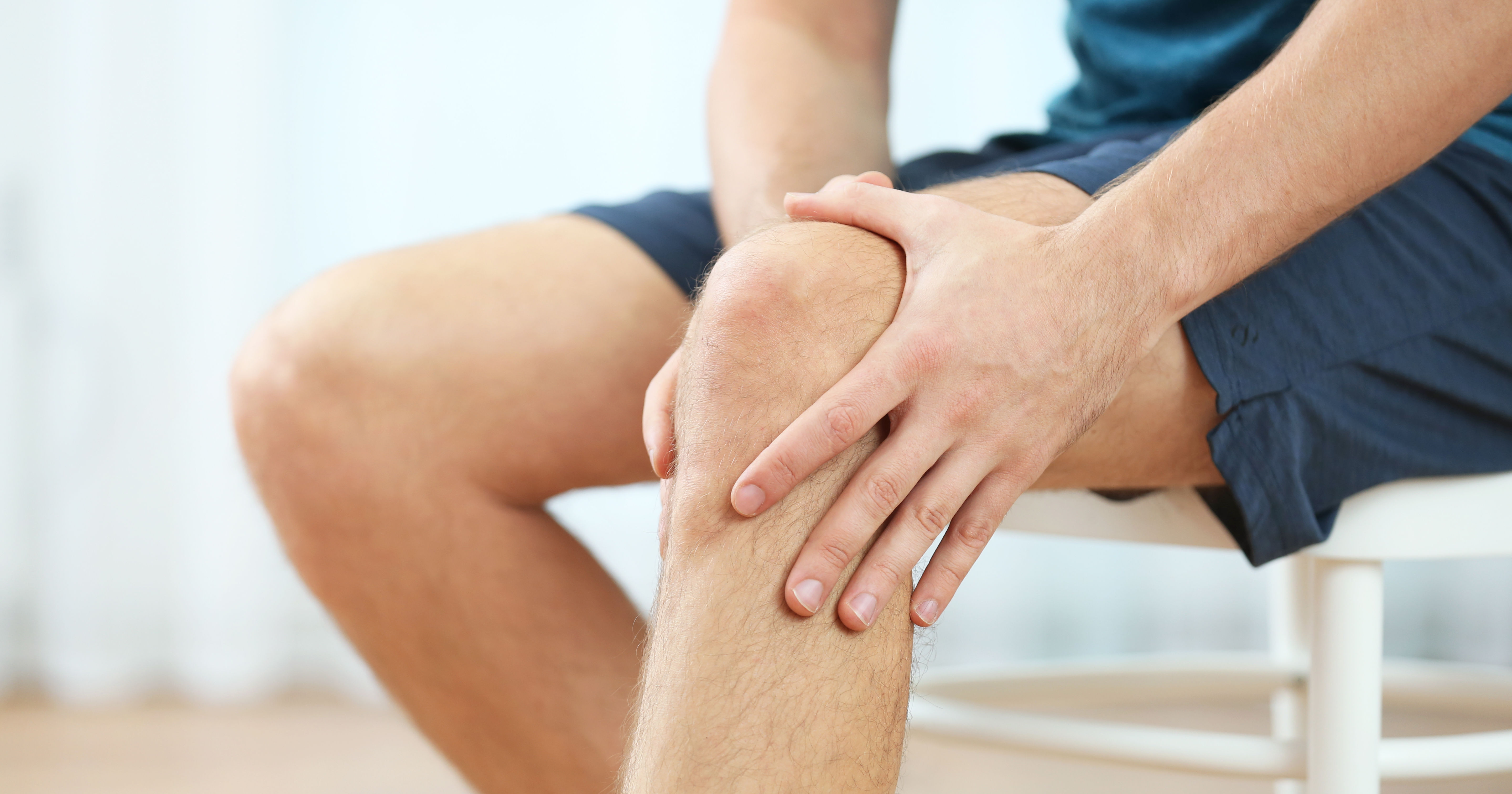
You're probably aware that arthritis can affect the joints in your hands, knees, and elsewhere in your body, but you might not have known that it can affect your spine as well. Spinal arthritis or
spondyloarthritis is the breakdown of the cartilage in the joints and discs of the spine. In some cases, this degeneration can produce bone spurs that place pressure on the nerves in the spine. Not only can this cause a considerable amount of pain, but it can cause weakness in the arms and legs.
Spinal arthritis typically develops in older individuals, although younger people can develop the condition after a spinal injury or if they have a genetic defect that affects their cartilage. For patients under 45 years old, spinal arthritis is more common among men. For patients over 45, it is more common in women. It is also more likely to develop in people who are overweight or who regularly engage in activities that put a lot of pressure on their spinal joints.
Symptoms of Spinal Arthritis
The most obvious symptom of spinal arthritis is pain or stiffness in the spine, usually in the neck or lower back. Some people might also experience pain and weakness in their arms and legs if bone spurs put pressure on certain nerves. Some people will find this pain to be relatively minor and manageable, while others might find it debilitating enough that they may not be able to work or engage in their regular activities.
Treating Spinal Arthritis
As with other forms of arthritis, there is no cure for spinal arthritis. However, its symptoms can be managed through physical therapy and exercises that improve the flexibility in the spine. This might include swimming, strength exercises to strengthen the muscles around the spine, and simple range-of-motion exercises. Massage, acupuncture, and chiropractic treatments have also been effective in relieving symptoms.
For more information about the effects of spinal arthritis and how it can be treated, contact
Dr. Shane Silver today.




